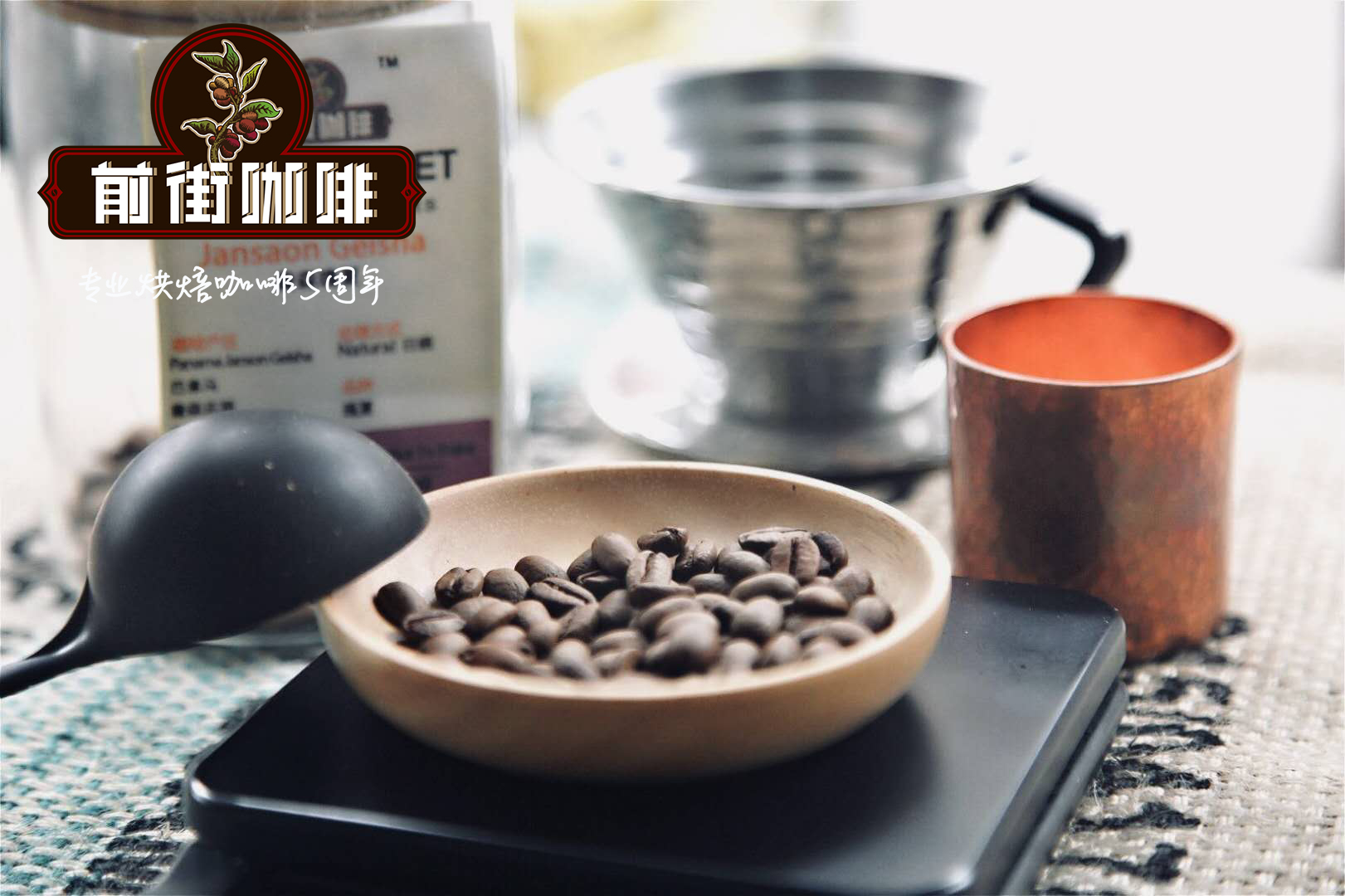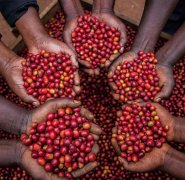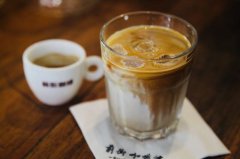What are the ways of handling raw coffee beans? A list of specific steps of solarization treatment

Treatment of ◎ Coffee Raw beans
The fruit after harvest must immediately enter the process of treatment, otherwise it will begin to ferment and make the coffee beans smell.
The treatment methods can be summarized into two kinds, which are "solarization" Sun Dry and "water washing" Washing, which will create different flavors.
Sun-dried beans have a complete natural mellow flavor of Full Body, a gentle aroma of Mild Aroma and more gum. Water-washed beans have a good mellow taste, high aroma and lively sour taste.
Mellow taste is an important condition in espresso Espresso, which produces mellow and smooth feeling as strong as spirits. The preference for espresso can increase the weight of sun-dried beans.
Washed beans are dry and dry, just like clear wind chimes, which are more suitable for brewing follicular coffee because they have no miscellaneous flavor. Another mention is that washed beans have a good sour taste, which is the source of sweetness in espresso.
Coffee was first grown in the Arabian Peninsula, where the climate is dry and rainy, so the sun is used to make full use of the local climate. However, because the climatic conditions are different in different countries, the solarization method cannot be applied to every place, so there is a water washing method.
It rains all year round in the equatorial area, so most of them are washed with water. In the subtropics, because of the distinct dry and rainy seasons, many farms use tanning.
The law of washing requires a lot of water, and the water quality should be good, otherwise the coffee will not taste good, so it is possible to use the water washing method in places rich in water resources.
◎ solarization method
Sun drying is also called "natural drying" Nature Dry because it uses natural sunlight to dry the fruits and raw beans of coffee.
Due to the use of artificial and natural treatment in the process, the sun-cured beans look irregular and unflattering in appearance, but their mellow taste and consistency are preferred by some experts.
The steps of solarization are as follows:
(1) choose beans:
If the harvested fruit is placed in a sink filled with water, the ripe fruit will sink, while the unripe or overripe fruit will float up and can be removed.
(2) drying:
The selected ripe fruit was exposed to the sun in the square for about 5 to 6 days until it was fully dry, when the fruit turned dark brown and the moisture content decreased to 13%.
(3) shelling:
After drying, the peel becomes fragile and easy to fall off, so it can be removed by machine. Farms run by enterprises usually have special shelling factories. Small farms are handed over to the processing center for processing.
(4) selection and grading:
The farm will identify the defective bean manually or by machine and pick it out and remove it. Manual selection usually uses a conveyor belt about 1 meter wide, and several female workers visually pick out bad beans on both sides of the conveyor belt.
And some of the better farms will even be selected several times until no defective beans are seen. The way of machine selection is to use a computer to identify and remove defective beans.
Then there is the grading process, in which coffee beans are divided into several qualities according to established standards. High-grade coffee enters the selected coffee market, while bad coffee flows into the commercial coffee market.
(5) polishing:
Shelling treatment can only remove the exocarp and endocarp, at this time, the silver film is still wrapped in the outer layer of the seed, you have to use a machine to grind off the film, and then pack the coffee beans into a 60kg bag.
The weight of bags varies slightly from region to region, most of which are packed in linen bags, while Jamaican Blue Mountain coffee is packed in wooden barrels, with 30kg and 70kg.
Important Notice :
前街咖啡 FrontStreet Coffee has moved to new addredd:
FrontStreet Coffee Address: 315,Donghua East Road,GuangZhou
Tel:020 38364473
- Prev

How are the raw beans of selected coffee harvested? What are the methods of selecting coffee beans?
The harvesting method of ◎ harvest is one of the criteria for judging selected coffee. If calculated in terms of germination time, it will take about five years for Arabica coffee to blossom and bear fruit. The fruiting period is different in the southern hemisphere. There are many large coffee farms in Brazil, called "Fazendas", which are often harvested by machines, but the worst coffee is not the worst in terms of grade.
- Next

What is the coffee washing method introduced by the Dutch? Treatment steps of coffee washing method and semi-washing method
◎ washing in the West Indies, due to the lack of sufficient sunshine conditions, the Dutch introduced the "WIB" method, also known as "WIB" West Indische Bereiding, around 1740, which is different from the traditional sun method, also known as "OIB" Oost Indische Bereiding. Coffee beans exported from Java are often marked with "WIB", which means washed beans. Treatment of washing method
Related
- Beginners will see the "Coffee pull flower" guide!
- What is the difference between ice blog purified milk and ordinary milk coffee?
- Why is the Philippines the largest producer of crops in Liberia?
- For coffee extraction, should the fine powder be retained?
- How does extracted espresso fill pressed powder? How much strength does it take to press the powder?
- How to make jasmine cold extract coffee? Is the jasmine + latte good?
- Will this little toy really make the coffee taste better? How does Lily Drip affect coffee extraction?
- Will the action of slapping the filter cup also affect coffee extraction?
- What's the difference between powder-to-water ratio and powder-to-liquid ratio?
- What is the Ethiopian local species? What does it have to do with Heirloom native species?

